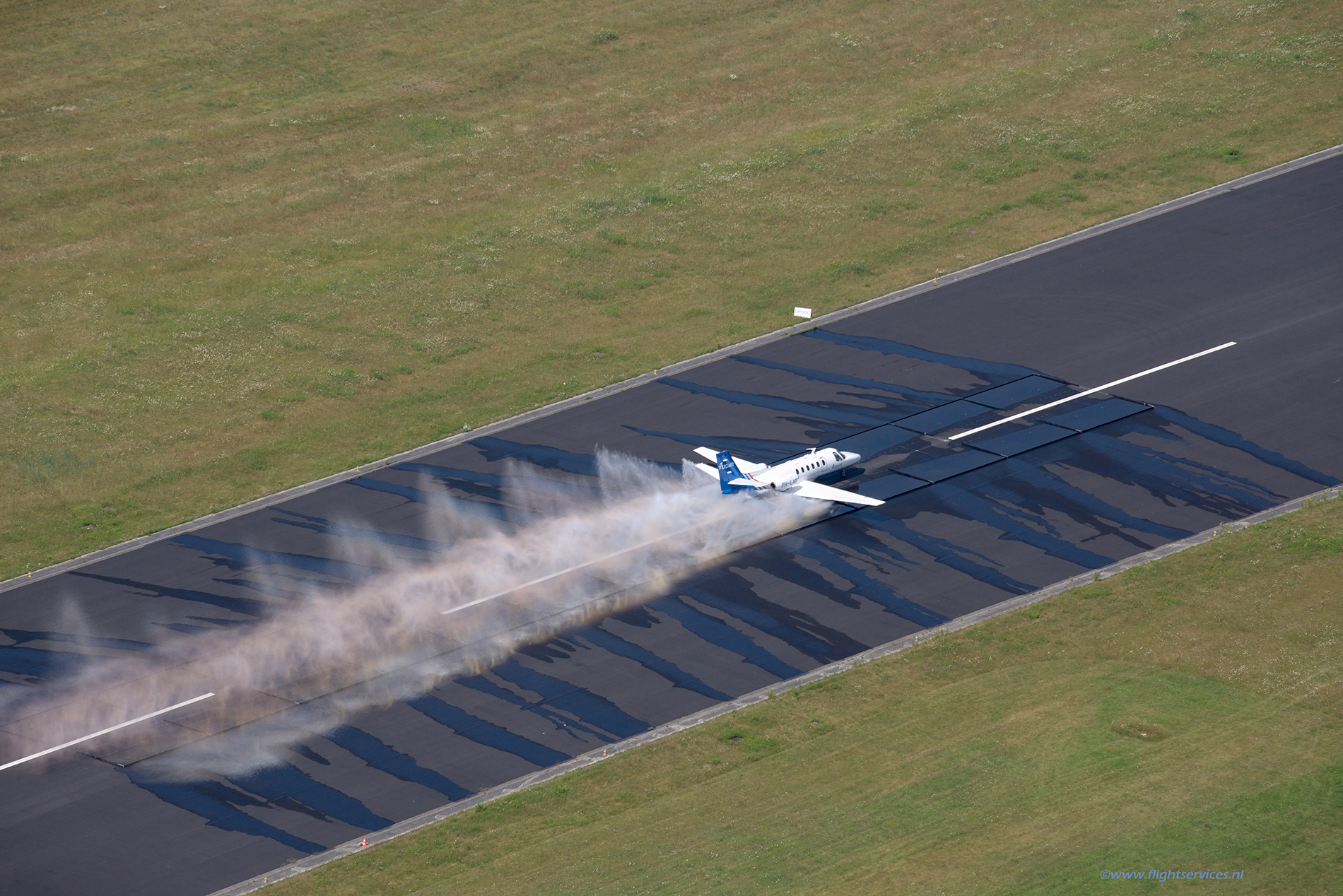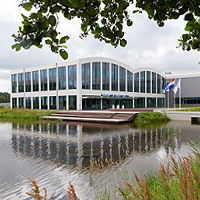Runway end safety areas (RESAs) are designed to protect aircraft and occupants from runway overrun or undershoot events, which are a significant cause of aircraft accidents and serious incidents during take-off and landing. The recommended dimensions for RESAs are defined by regulatory bodies such as ICAO, FAA, and EASA. However, many airports face challenges in implementing these recommendations due to limited land availability to accommodate standard RESA dimensions and existing aerodromes that were constructed before RESA requirements were introduced.
As a result, many airports operate with RESAs that do not meet the recommended dimensions. To address this issue, airports can acquire additional land to meet the recommended RESA dimensions, which can be expensive and controversial, or reduce take-off and landing distances, which may not be desirable. Alternatively, as part of their Safety Management System, airports can assess the risk associated with smaller RESAs and implement suitable mitigation measures, allowing for the use of RESAs that are smaller than recommended.
NLR can support you with:
- Evaluating alternative RESA dimensions when the recommended size cannot be met, using a probabilistic method accepted by EASA.
- Estimating the probability of an aircraft not ending up in the RESA.
- Assessing alternative solutions to achieve an acceptable level of risk, such as: reduced runway length different RESA sizes changes in runway usage installation of landing aids.
- Conducting risk assessments of RESAs to ensure compliance with regulatory requirements.
- Providing expert assistance in optimizing your RESA design and operation to minimize risks and ensure safe aircraft operations.
Track record
The method has successfully been applied at several airports by NLR, including Napoli, Tromso, Twente and Den Helder airport amongst others.

